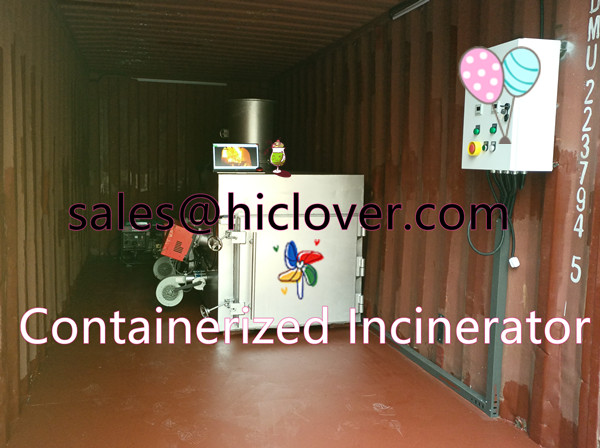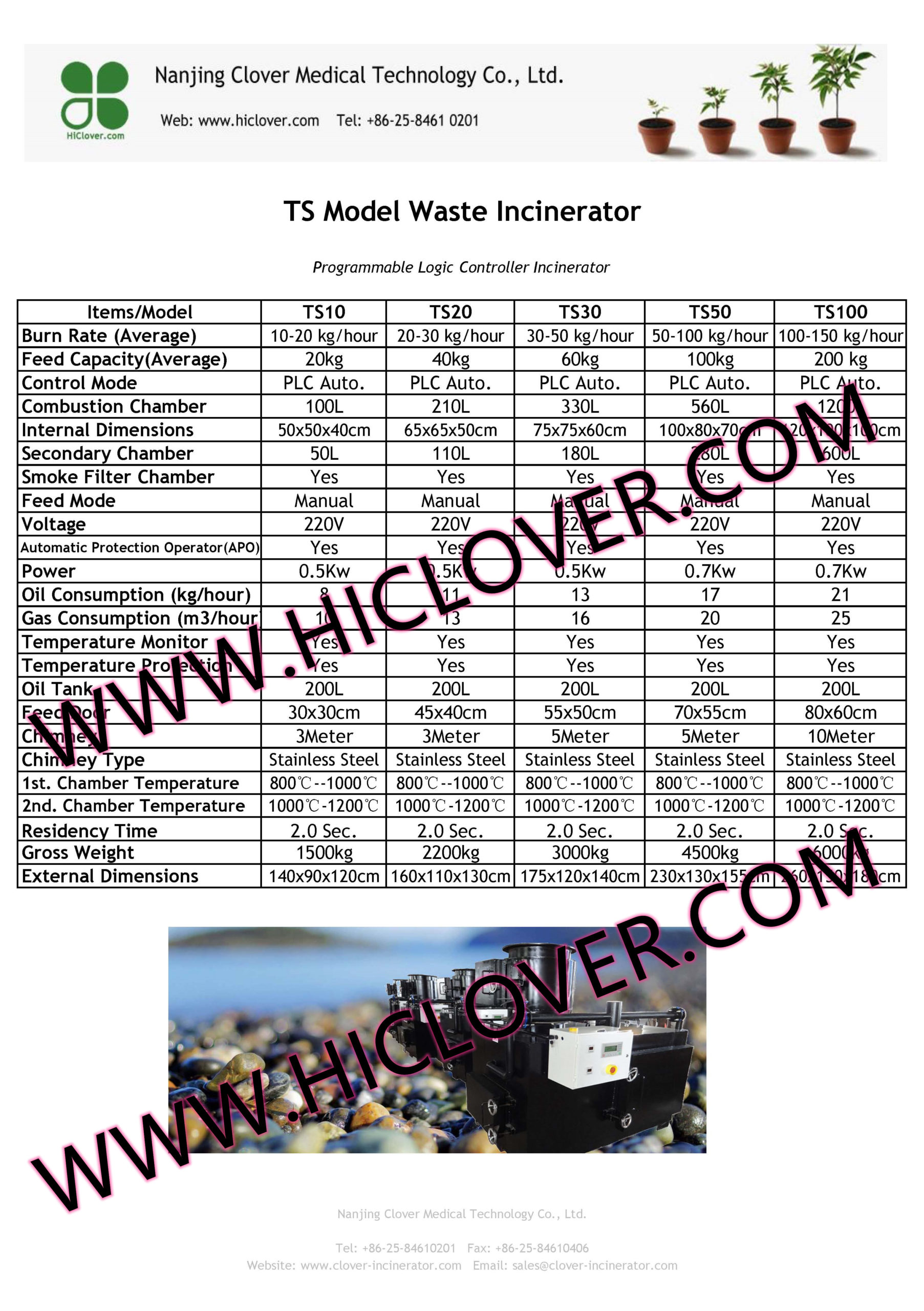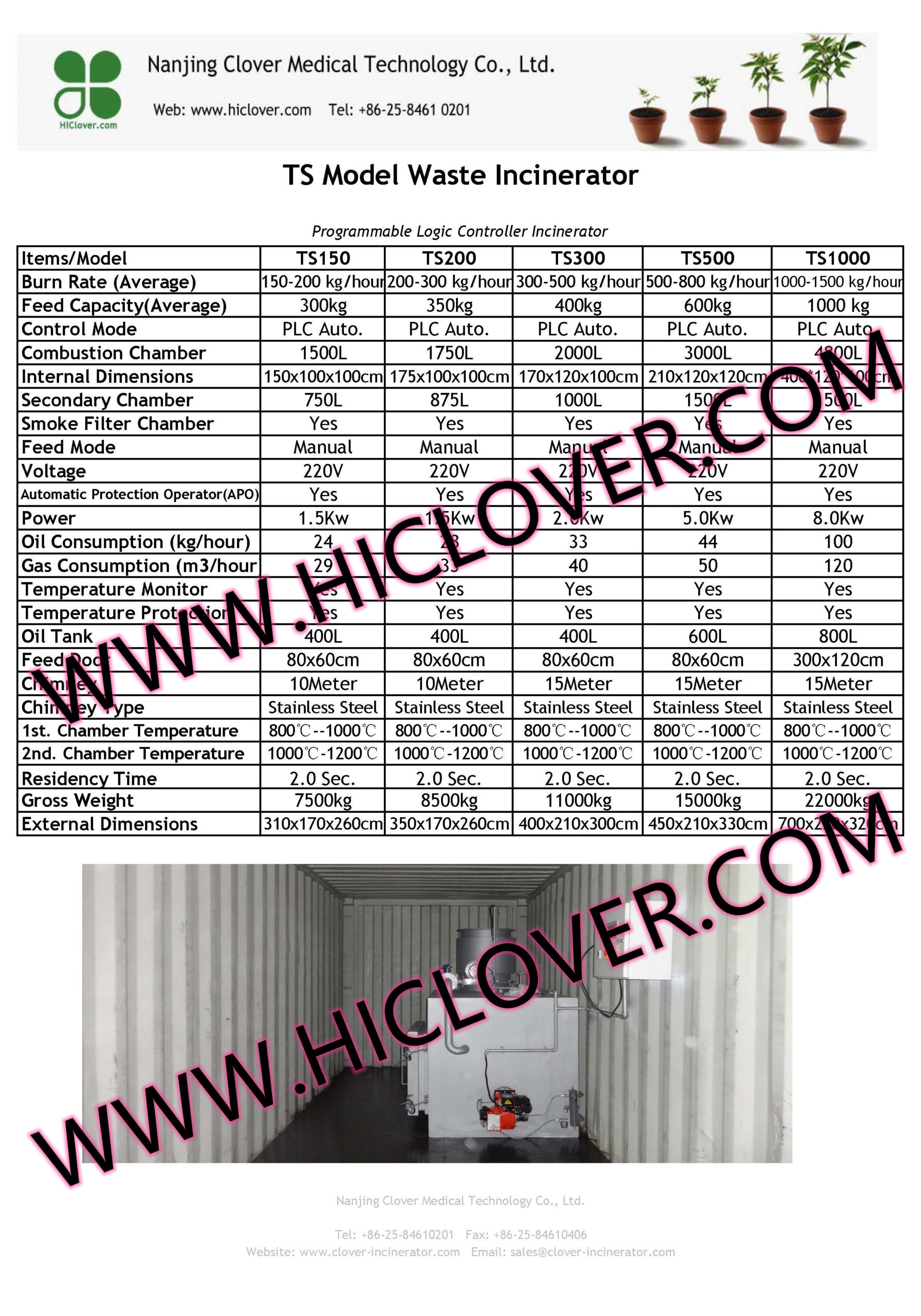Modified burn barrels can be built using commonly available substances. They can be pre-built independently or transported to the site for meeting. Detailed construction programs are given in Appendix 2.
Although altered burn barrels are intended to create an advantage over open burning on the ground, burn off boxes and unmodified burn barrels throughout achieving higher burn temperatures and increased turbulence and holding time, incomplete combustion of waste and the release of pollutants to the air continue to be likely. In fact, emissions testing by Environment Canada to a modified burn barrel in April 2011 imply that these devices do not provide any improvement over open burning on the ground concerning
Figure 4 — Modified Burn Barrel
emissions caliber, particularly if wet food waste is added to the waste mixture. Other common problems include easily overfilling the device and loading waste that should not be burned (refer to section 3.2). Wet or suspended masses of waste are particularly difficult to burn along with the consequent partially burned food waste may still bring in animals. The proper functioning of altered burn barrels is essential to achieving the best burn potential. Standard operating instructions are provided in section 4.1.
Burn barrels are capable of burning only small quantities of waste. Like burn off boxes, they decrease the danger of fire spreading to plant and tundra by comprising the burning waste to a certain location.
A altered burn barrel is a 45 gallon metal fuel or oil drum that has been affixed with devices or features which result in higher burn temperatures, better mixing of the air and a longer holding time.
The burning and incineration method used is a significant factor in determining which kind of waste can be safely and effectively disposed of. The methods commonly used in Nunavut include open burning on the ground, unmodified burn barrels and assorted mechanical incineration systems. Other useful methods include the use of burnt boxes and altered burn barrels. Each method is discussed individually in the following sections.
2.1.1 Open Burning
Open burning means the burning of waste at which no or limited control over the combustion process can be solved by the operator. This technique includes burning solid waste right on the open ground or in burn off boxes or burn barrels and often does not achieve the temperatures or holding time required for complete combustion of the waste to occur. This causes the creation of potentially hazardous pollutants and ash, which are very likely to affect nearby water and land. Food waste that’s not completely burned through open burning may also be a potent attractant for animals.
The many open burning approaches may also pose a danger of uncontrolled plant and tundra fires throughout the release of hot sparks or embers. The amount of fire risk depends on the sort of open burning used, its place, the art of the operator as well as the environmental conditions that exist in the time (i.e. dryness of the surrounding plant , wind).
The open burning of solid waste remains a frequent practice in Nunavut. It is the policy of this Department of Environment to eliminate or decrease open burning of mixed solid waste to the extent practicable and to promote more acceptable procedures of disposal and incineration.
Open Burning on the Ground
Open burning the ground involves burning solid waste that has been piled right on the surface of the ground or placed in a small open pit. Most large and Smaller districts and communities operators at Nunavut continue to clinic open burning on the ground as a Means of decreasing the
quantity of waste that must ultimately be disposed . In general,
Figure 1 — Open Burning on the Earth
Burn Boxes
There are two basic types of burn off boxes. The enclosed burnt box is assembled using heavy sheets of steel or other metal whereas the open burn box has been assembled using expanded metal grating. The latter kind is often referred to as a burn cage. These devices are not commercially-available in Nunavut, but may be constructed using locally available materials. By way of example, the enclosed metal burn box shown in Figure 2 is created from a dump truck bed and steel plating.
Photo courtesy of Alaska Department of Environmental Conservation
Burn boxes are considered a modification of burning. Combustion air is provided passively using a natural draft making electricity unnecessary. Burn boxes are only chambered units. Waste is elevated off the bottom of the box by placing it on grates within the device. Unburned bottom ash falls through the grate during burning off making removal easier once a decent amount has collected. Combustion air in enclosed burnt boxes is usually provided by cutting holes near the base of the box allowing for better mixing with the burning waste.
Open burn boxes, or burn off cages, are an improvement over enclosed burnt boxes as the waste is subjected to natural drafts throughout the metal grating on all surfaces including the bottom. This permits air to better mix with burning waste and promotes more efficient combustion during the burning interval. Photo courtesy of Aboriginal Affairs and Northern Development Canada
open burning on the ground results in the incomplete combustion of waste and the release of various Assembled with hinged shirts to enable easier cleaning and loading.
Unlike open burning on the ground, burn off boxes help to include the burning waste within a particular place reducing the possibility of fire spreading to other disposal areas or surrounding tundra, while enabling moderate levels of waste to be burned.
Burn Barrels
There are two basic types of burn barrels — the unmodified burn barrel and altered burn barrel.
emissions quality, particularly if wet food waste is added to the waste mixture. Other common problems include easily overfilling the unit and loading waste that should not be burned (refer to section 3.2). Wet or frozen masses of waste are particularly difficult to burn and the resulting partly burned food waste may still attract animals. The proper operation of modified burn barrels is critical to achieving the most efficient burn possible. Basic operating instructions are provided in section 4.1.
Burn barrels are capable of burning only small volumes of solid waste. Like burn boxes, they reduce the risk of fire spreading to vegetation and tundra by containing the burning waste to a specific location.


